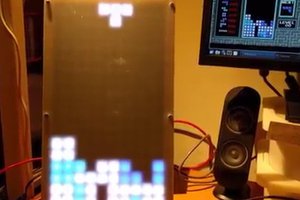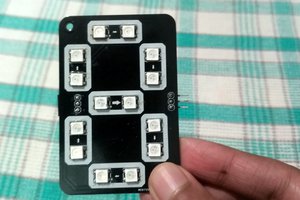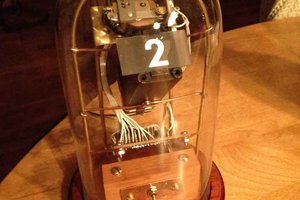The seven segment form lends itself to dynamic and static forms and as a result it seemed to be perfect for an illuminated seven segment display.
The illuminated seven segment display can be used in a number of different ways by simply adding more display units.
The segments are thin enough to allow light to pass through and the light would be provided by Neopixel LED's
Each segment would have 2 x Neopixels for a total of 14 per display with each LED lining up with the outer tubes on the brick.
The standard assembly baseplate on to which the tile attaches have no holes to allow the light to pass through, this therefore necessitates that holes are made in the baseplate.
White tiles are the most versitle with respect to lighting as they are suitable for any colour LED whilst diffusing the light.
However, coloured tiles can be added to highlight a specific colour or to suit a particular situation. Either way the tiles can be easily rearrange as they simply clip in place.

 Koen van Vliet
Koen van Vliet
 SAYANTAN PAL
SAYANTAN PAL
 David Christianson
David Christianson
 Patrick Hickey
Patrick Hickey